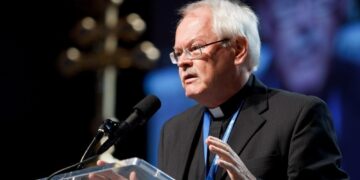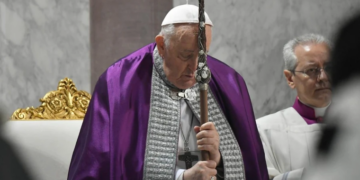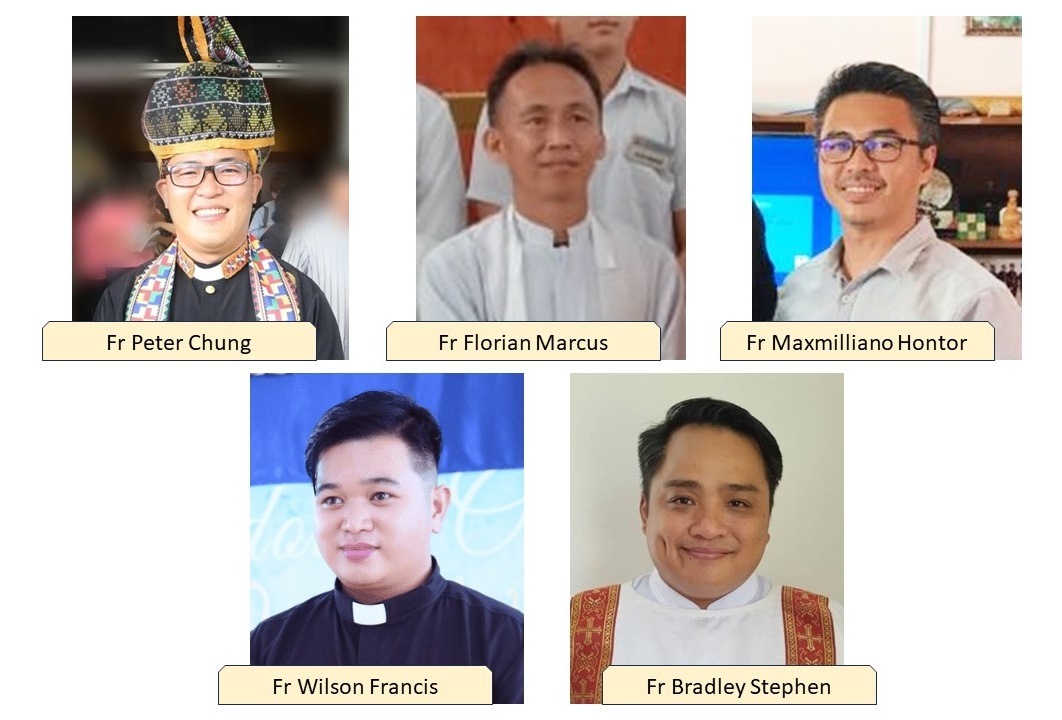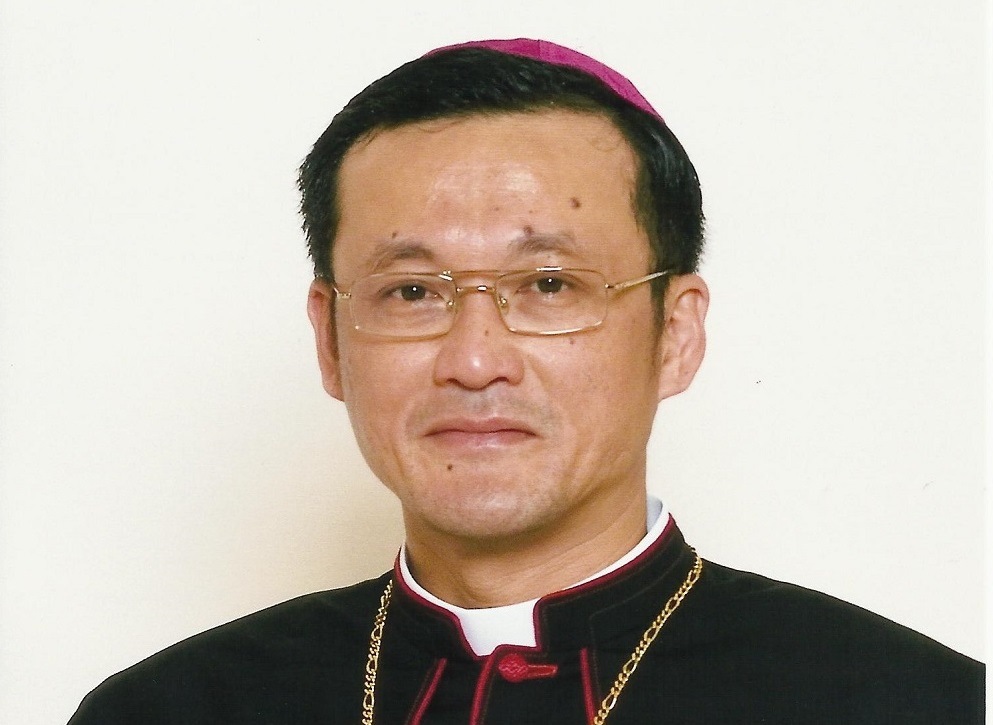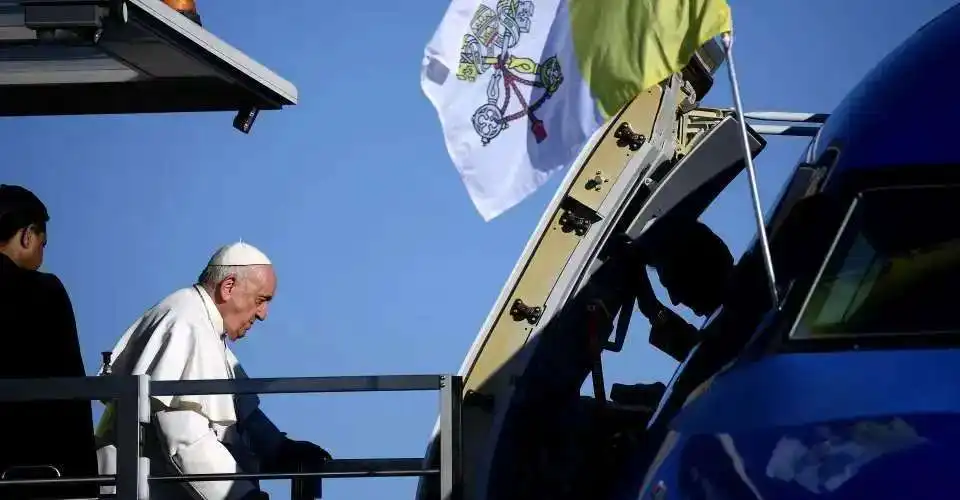
By Jonathan Y Tan
Pope Francis has always been fascinated with Asia, as seen in his extensive travels there. Asia is significant to the pope as it holds two-thirds of the world’s population and includes four of the world’s five most populous nations — India, China, Indonesia, and Pakistan.
The pope is especially interested in minority Catholic communities, which is the case in most parts of Asia. By contrast, Latin America and Sub-Saharan Africa are majority Christian regions.
For the pope, Asia also represents the region where Catholicism has significant growth potential.
In the past eleven years since he began his pontificate, Francis has visited Asia six times: South Korea (2014), Sri Lanka and the Philippines (2015), Myanmar and Bangladesh (2017), Thailand and Japan (2019), Kazakhstan (2022), and Mongolia (2023).
The latest is his most extended and intensive trip to Asia, which covers four nations in the Southeast Asian region, one of the world’s most diverse and pluralistic parts. Indonesia is the world’s largest Muslim country, with a significant Catholic minority. While Papua New Guinea is majority Christian with a significant Catholic minority, Timor-Leste has 98 percent Catholics. Singapore presents immense cultural diversity and religious pluralism, with a significant Christian minority community and a large immigrant presence.
In addition, there is a socio-economic divide. Singapore has become a hub of global banking and finance, but Papua New Guinea and Timor-Leste suffer from immense poverty, high unemployment, and low literacy rates.
Move to Majority World
Francis takes up this arduous journey at 87, amid his increasing frailty and poor health, making many wonder if this could be his last major international trip. His determination tells us that the pope sees Asia as key to the future of global Catholicism.
Specifically, Southeast Asia, with its cultural, ethnic, and religious plurality and social, political, and economic diversity, represents the future growth region of Catholicism — a Global Catholicism beyond its historic Euro-centric orientation.
This latest trip complements the pope’s previous trips to regions across Asia with great diversity and plurality. Taken together, these trips reveal a pope who is interested in building and strengthening intercultural, interethnic, and interreligious relationships, especially in Indonesia and Singapore.
The pope is also interested in encouraging and empowering minority Catholic communities that live among other religious majority communities throughout Asia, as can be seen in his previous and upcoming Asian travels, particularly to Indonesia and Singapore.
Not surprisingly, Francis perceives the center of gravity of Christianity generally, and Catholicism in particular, as having shifted away from Europe and North America towards the majority world (the so-called Global South). Indeed, some two-thirds of the world’s Catholics are from regions beyond Europe and North America.
For Francis, the continental regions of Latin America, Africa, and Asia represent the growing presence of Christianity in general and the future growth trajectory of Catholicism in particular.
As the Pew Research Center notes, Catholicism experienced tremendous growth in Asia during the 20th century, from 5 percent in 1910 to 12 percent in 2010 of the global Catholic population and from 1 percent in 1910 to 3 percent in 2010 of the total Asian population.
Moreover, while Pope John Paul II and Pope Benedict XVI were focused on Europe and North America, decrying the increasing secularisation and emphasizing the need to rejuvenate Catholicism in these two regions, Pope Francis is more interested in the growing face of Catholicism beyond Europe and North America.
He has appointed more cardinals (those below 80) eligible to vote in a conclave to elect a pope from Latin America, Africa, and Asia. Indeed, Asian voting-age cardinals increased from 9 percent when Francis took office in 2013 to 18 percent in 2024.
Interreligious stress
Francis’ intention to visit Indonesia can be traced to his interest and commitment to Muslim-Christian dialogue. This can be seen in his signing of the Abu Dhabi Declaration (Document on Human Fraternity for World Peace and Living Together) with the Grand Imam of Al-Azhar, Sheikh Ahmed el-Tayeb, on Feb 4, 2019.
Francis followed it up in 2020 with his third encyclical, Fratelli Tutti, which discussed universal human fraternity and solidarity. Therefore, it shouldn’t surprise us that the highlight of his Indonesia trip is the interreligious dialogue event with leaders of major religious faiths at Jakarta’s Istiqlal Mosque.
Pastoral concern
Papua New Guinea and East Timor represent two countries with a significant Christian presence. Papua New Guinea is 90 percent Christian — 64 percent Protestant and 26 percent Catholic, while Timor-Leste is 97.6 percent Catholic and 1.98 percent Protestant.
More importantly, both Port Moresby and Dili would also welcome a significant number of Indonesian Catholics from East Nusa Tenggara or Nusa Tenggara Timur, a Christian-majority province of Indonesia. The province comprises islands around Guinea and Timor, including Sumba, Flores, West (Indonesian) Timor, and the Maluku (Moluccas) Islands, which the Portuguese and Dutch colonized.
For these Indonesian Catholics from Nusa Tenggara Timur province, traveling to Port Moresby and Dili is cheaper and quicker than taking the more expensive and longer flight to Jakarta.
While Indonesia may be the world’s largest Muslim country, most of its Christian presence is concentrated in the Nusa Tenggara Timur province, which is 89.89 percent Christian — Catholics form 53.73 percent and Protestants 36.16 percent.
In particular, on the island of Flores, 83.56 percent are Catholics, a legacy of Portuguese colonization. Here, Francis’ apostolic visit is as much pastoral — testifying to the majority Catholic presence in that part of the Indonesian islands, encouraging and empowering Catholics amidst much hardship and struggles.
At the same time, Pope Francis is also seeking to shine a spotlight on the struggling communities in Papua New Guinea and Timor-Leste, who are coping with immense poverty, high illiteracy and unemployment rates, and the effects of climate change on island communities. – UCA News





















